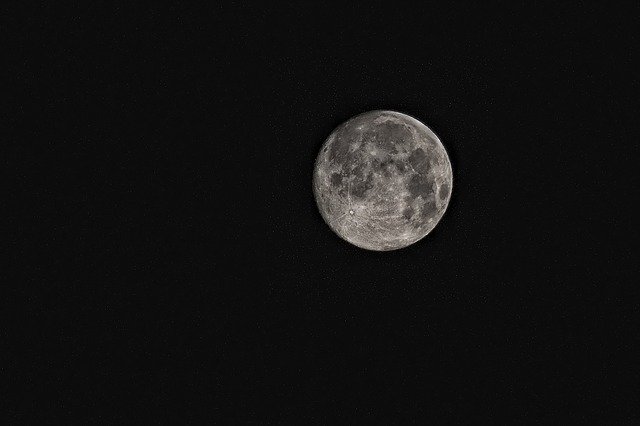A clue as to why the near and far sides of the Moon are so different comes from the strong asymmetry observed in its surface characteristics.
On the near side of the Moon, which is perpetually oriented to Earth, dark and light spots can be seen with the naked eye. The first astronomers called these dark regions mary, which in Latin means seas, thinking that they were bodies of water by analogy with Earth. Using telescopes, scientists were able to discover more than a century ago that they were not in fact seas, but rather craters.
Back then, most scientists assumed that the far side of the Moon, which they would never have been able to see, was more or less like the near side.
However, the images of the far side of the Moon showed that there is another very different side and it has almost no such spots.
Only 1% of the far side was covered with spots, while the near side has 31% of its surface covered with spots. Scientists were puzzled but suspected that this asymmetry offered clues to how the Moon formed.
Using samples brought from the Moon by NASA’s Apollo missions, scientists discovered that the relative darkness of some areas of the lunar surface was due to their geological composition and that they were, in fact, attributable to volcanism.
They also identified a new type of rock signature that they named KREEP, the abbreviation for potassium-enriched rock (chemical symbol K), rare earth elements (REE, which includes cerium, dysprosium, erbium, europium, and other elements that are rare in the Earth) and phosphorus (chemical symbol P), which was associated with the spots.
Until now, however, the inequality of KREEP distribution and volcanism on the lunar surface was unclear.
In a new study, the international team of scientists has uncovered new clues to how the Moon got its asymmetry on the near and far side.
According to the researchers, it’s about the characteristics of KREEP.
Potassium (K), thorium (Th), and uranium (U) are radioactively unstable elements. The heat from the radioactive decay of these elements can melt the rocks in which they are contained. Furthermore, the study shows that, in addition to greater warming, the inclusion of a KREEP component in rocks also reduces their melting temperature, which increases volcanic activity.
The regions on the near side of the Moon have high concentrations of these radioactive elements, unlike other places on the satellite. Understanding the origin of these local enrichment sites can help explain the early stages of lunar formation and, consequently, the conditions on early Earth, scientists say.
